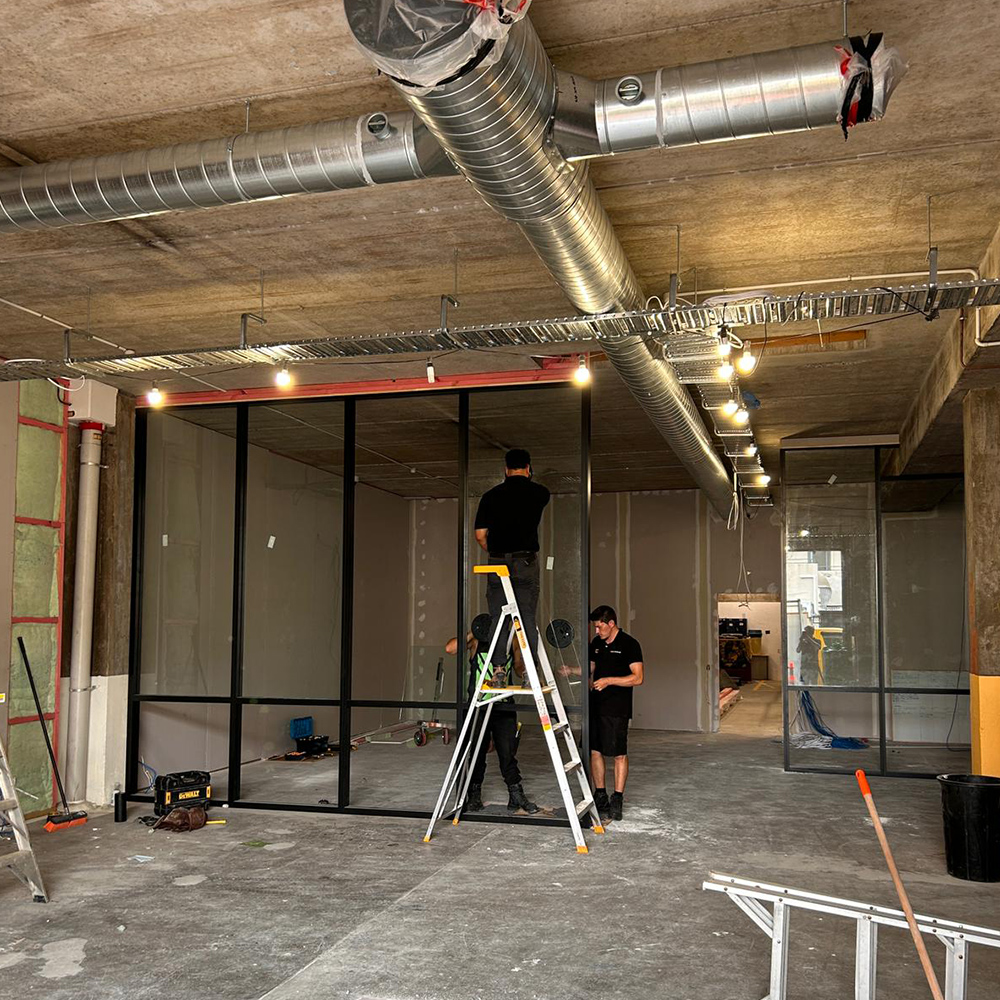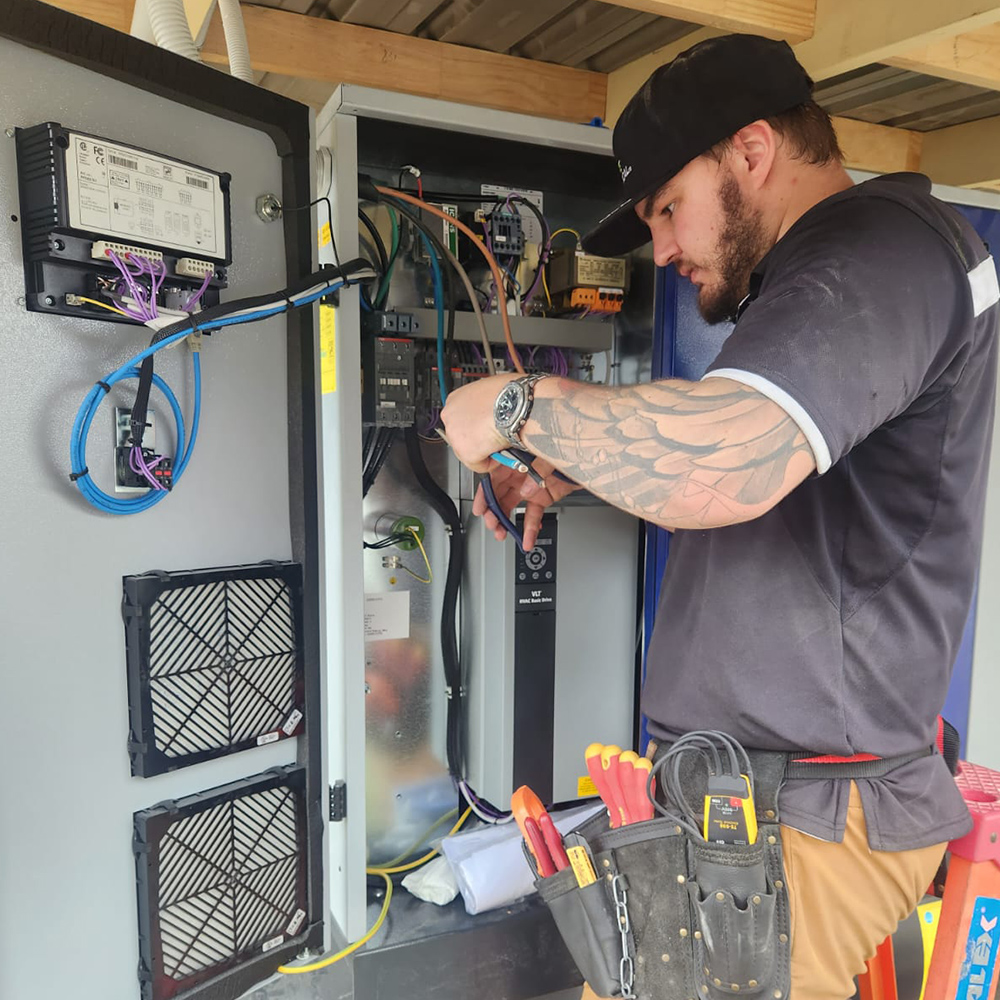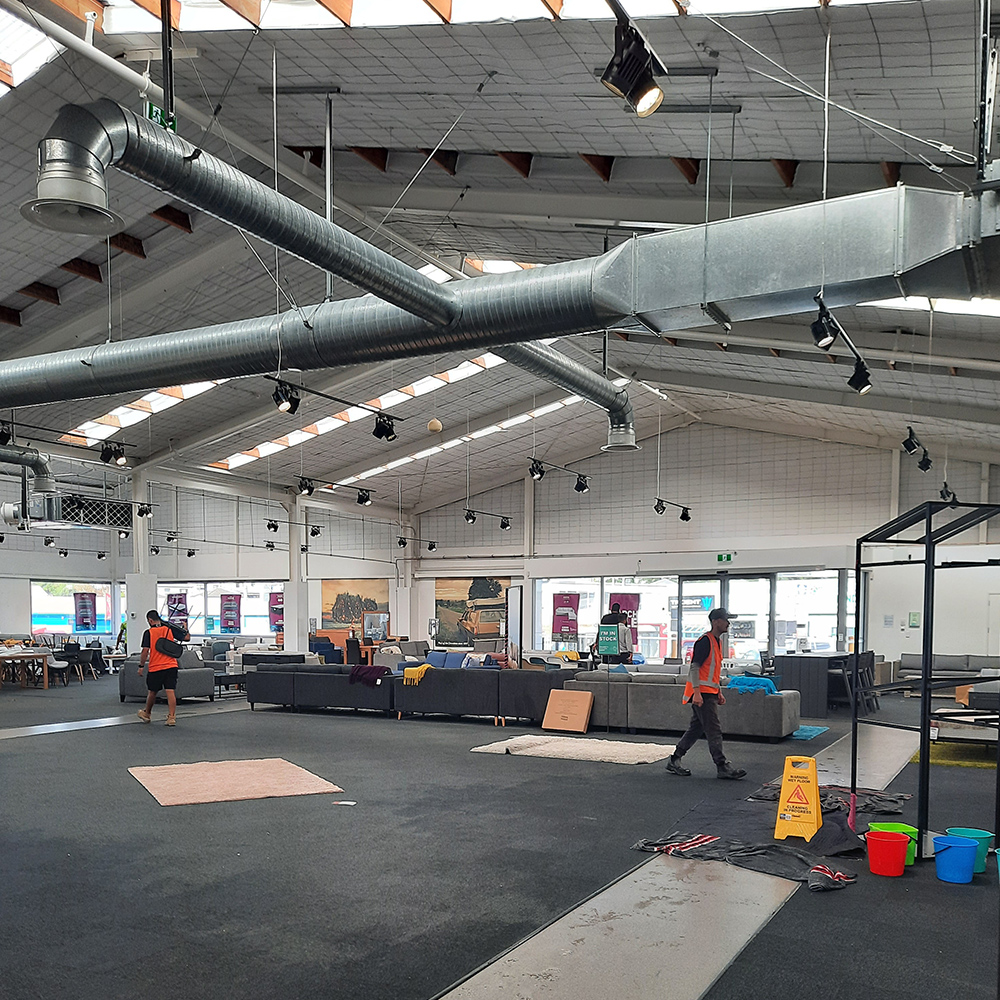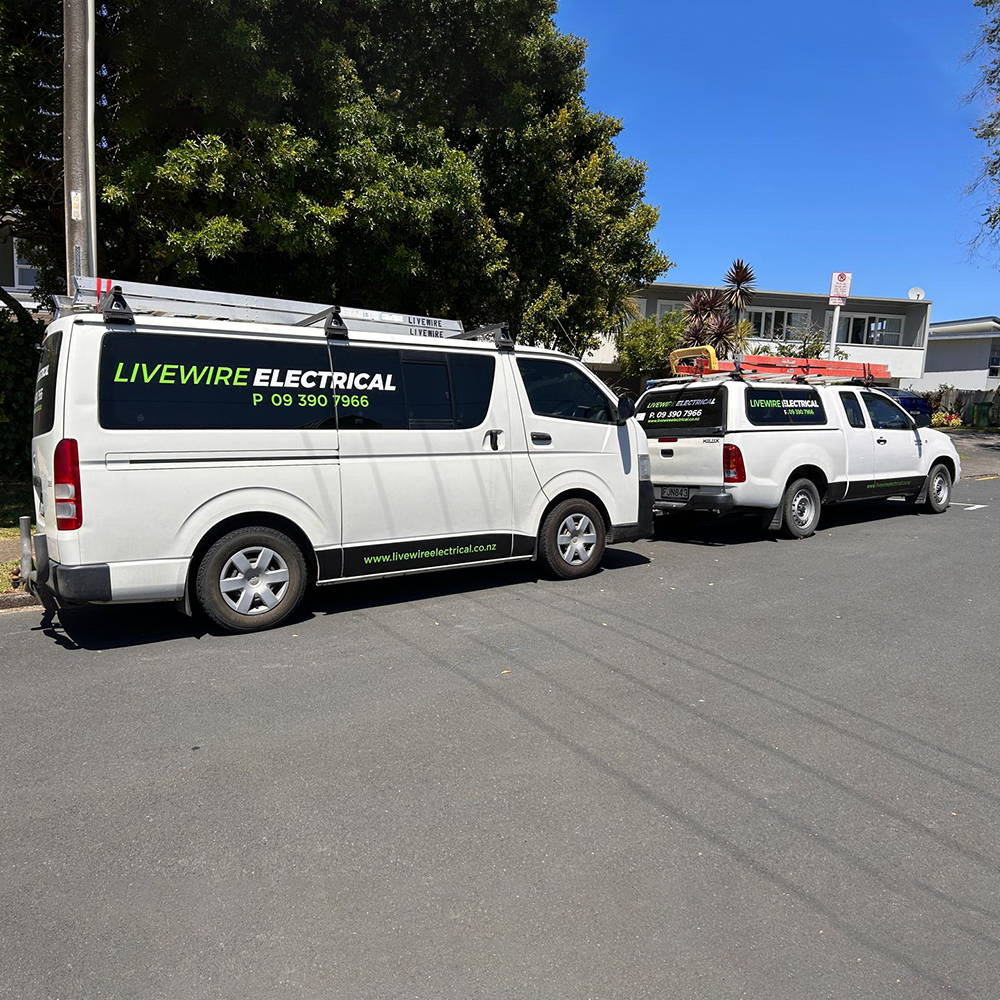Extension Cord Safety:
Dos and Don'ts
Extension cords are a common and convenient way to bring power to electrical devices when outlets are not within easy reach. However, their misuse can lead to dangerous situations, including overheating and potential fire hazards. This guide provides essential tips on selecting, using, and maintaining extension cords to ensure safety and prevent accidents.

Selecting the Right Extension Cord
Understand Cord Ratings
Amperage: Ensure the extension cord can handle the amperage needs of the device it will power. Overloading an extension cord can cause overheating.
Length: Opt for the shortest length necessary to reach your device. Longer cords can result in voltage drop and reduced efficiency.
Environment: For outdoor use, choose cords specifically designed for exterior conditions, marked with a “W” to indicate weather resistance.
Opt for Quality
Invest in higher-quality extension cords with a thicker gauge and durable insulation. These are more capable of handling power needs safely and are less likely to become damaged over time.
Using Extension Cords Safely
One Device per Cord
Avoid plugging multiple devices into a single extension cord, which can lead to overloading and overheating. If multiple outlets are needed, use a power strip with built-in surge protection.
Avoid Daisy-Chaining
Connecting multiple extension cords together, known as daisy-chaining, can create a significant fire hazard. If a longer reach is needed, use a single cord of the appropriate length.
Keep Cords Visible
Do not run extension cords under rugs, carpets, or furniture. Covered cords can overheat and are not visible for inspection for damage or wear.
Proper Placement
Ensure cords do not create tripping hazards. Use cord covers or tape to secure cords along walls or floors when necessary.
Maintaining Your Extension Cords
Regular Inspections
Periodically inspect extension cords for signs of wear, such as fraying, cracks, or exposed wires. Damaged cords should be replaced immediately to prevent electrical shocks or fires.
Proper Storage
When not in use, coil extension cords loosely to prevent kinks or strains that can damage the cord. Store cords in a dry, cool place to prevent deterioration of the insulation.
Avoid Moisture
Keep extension cords away from water sources. Moisture can lead to short circuits or electric shock. Use cords with GFCI (Ground Fault Circuit Interrupter) protection in damp areas or outdoors.
Extension cords, while handy, should be used cautiously and with a clear understanding of their limitations to ensure safety. By selecting the appropriate cord, using it properly, and performing regular maintenance, you can significantly reduce the risks of overheating and potential fire hazards. Remember, extension cords are a temporary solution, and considering permanent electrical upgrades may be a safer and more convenient choice for areas frequently in need of additional power sources.

Understanding Your Home’s Electrical System
Learn the basics of how your home’s electrical system works, including the roles of circuits, breakers, and panels, and why they are critical to your safety.

Inspecting Outlets and
Switches
A step-by-step guide to checking outlets and switches for signs of wear, damage, or malfunction, ensuring they operate safely and efficiently.

The Importance of Grounding in Your Electrical System
Discover why proper grounding is essential for preventing electrical shocks and how to ensure your system is correctly grounded.

Surge Protection: Safeguarding Your Electronics
Learn how surge protectors can prevent damage to your electronics from sudden spikes in electrical voltage and how to choose and use them effectively.

Extension Cord Safety:
Dos and Don’ts
Tips on selecting, using, and maintaining extension cords to avoid overheating and potential fire hazards.

Regular Maintenance of Your Electrical Panel
Understand the importance of regular checks and maintenance for your electrical panel to prevent overloaded circuits and potential fire risks.

Detecting and Addressing Flickering Lights
Investigate the causes of flickering lights and how to address them, whether it’s a simple bulb change or a sign of underlying electrical issues.

Safe Installation and Use of Appliances
Guidelines for installing and using household appliances to prevent electrical overloads and ensure efficient operation.

Childproofing Electrical Outlets and Devices
Strategies for keeping children safe from electrical hazards, including the use of safety caps and tamper-resistant (TR) outlets.

Hiring a Professional Electrician: When and Why
Recognize situations that require a professional electrician’s expertise to ensure the safety and integrity of your home’s electrical system.
